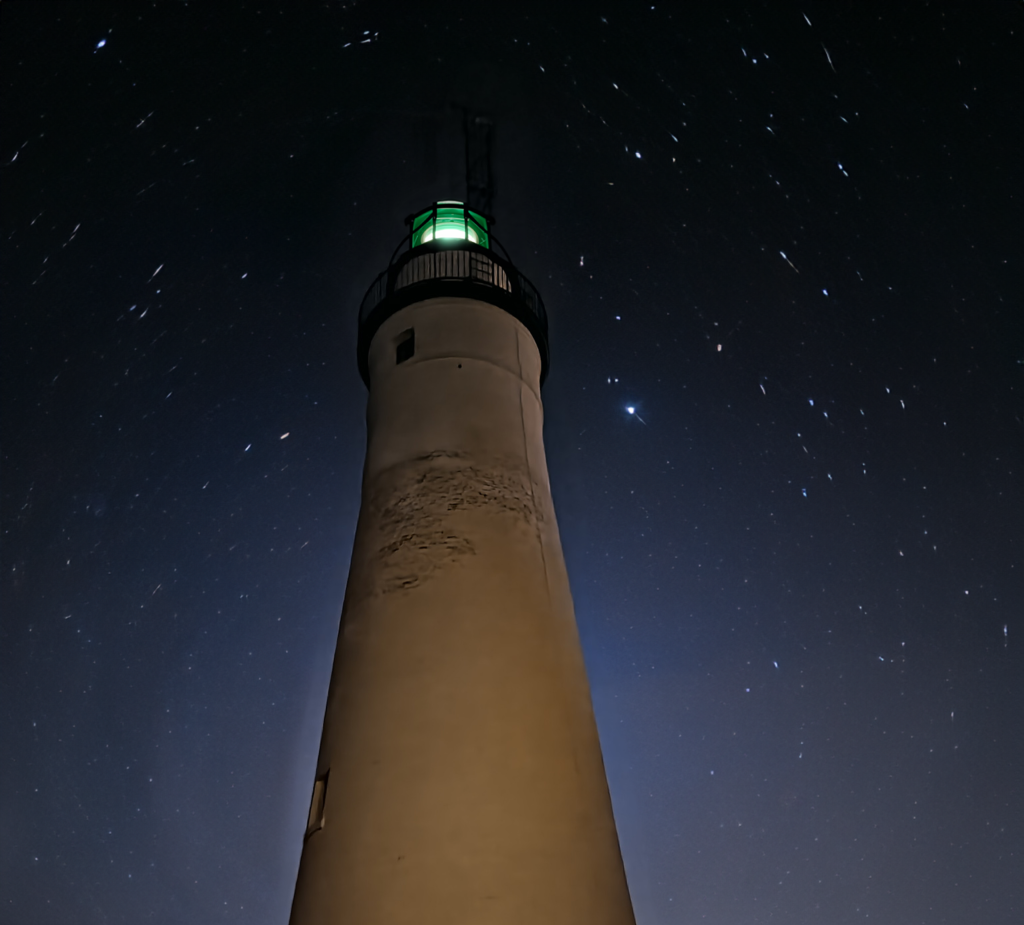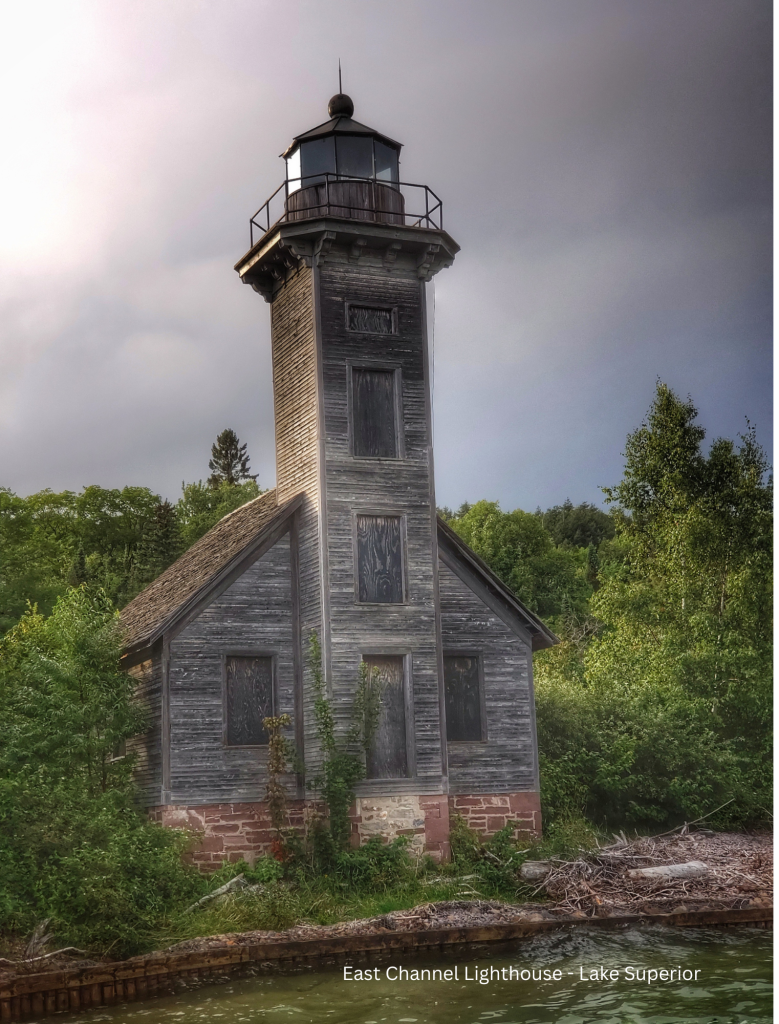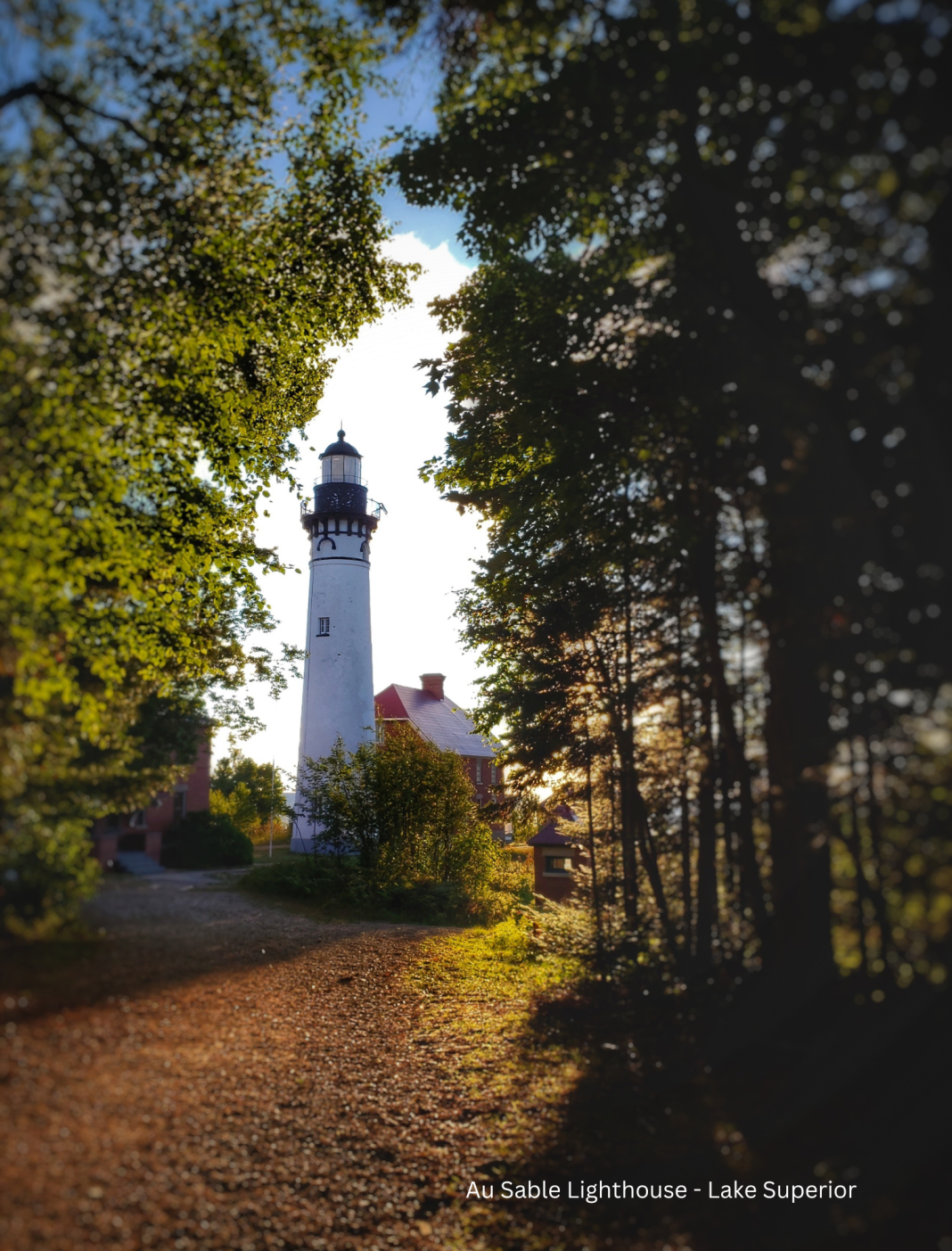The concept for lighthouses – or guiding lights for navigational purposes – dates back centuries. The earliest lights were often made of fires that sat atop tall structures or towers. They marked safe entry points points to harbors and warned sailors of dangerous coastlines.
As seafaring trade and exploration grew during the Middle Ages and the Renaissance, so did the need for more sophisticated navigational lights. Stone towers fueled by coal or wood fires became common along Europe’s coastlines, helping sailors navigate treacherous waters.

When it comes to American colonies, lighthouses played a critical role. The Boston Light, built in 1716, was the first lighthouse in North America. Here in Michigan, the first lighthouse built was the Fort Gratiot Lighthouse in Port Huron.
According to Port Huron Museums Fort Gratiot was built in 1814 during the War of 1812 to guard the juncture of the St. Clair River and Lake Huron. Named after the engineer who supervised construction, Charles Gratiot, Fort Gratiot would be occupied on and off by the United States Army until 1879. The lighthouse was originally constructed in 1825 with a poor design and location that caused it to collapse into the river during a treacherous storm in 1828.
Rebuilt in 1829 north of the military fort by Lucius Lyon – who later became one of Michigan’s first U.S. Senators – Fort Gratiot stands tall, mighty, and operational today and watches over one of the busiest waterways in the world.
Early on, Michigan’s lighthouses played a crucial role in the early exploration and settlement of the Great Lakes region. They marked safe entry points to harbors, which were essential for the growth of the Michigan territory.

During the 19th century, Michigan experienced rapid population growth due to industrialization and economic development. Lighthouses popped up throughout the shores of the Great Lakes and played an important role in directing her sailors, preventing shipwrecks, and ensuring safe transport of goods.
There are 129 beacons of light and hope that pepper the coastline of our Great Lakes. More than any other state in our Union. All of Michigan lighthouses are architectural gems, showcasing the various styles from the 19th and 20th centuries. Many have been preserved as historical landmarks.
For Michiganders, they have become cultural icons, symbolizing the state’s connection to the Great Lakes and our deeply rooted maritime heritage. Their allure is a tale of history and grace. They are more than just structures, more than just stones, they are beacons of hope and keepers of dreams.
Follow us as we profile all 338 lighthouses throughout the Great Lakes Basin and tell some of the tales that are part of their forgotten history. Read our profile on Grand Haven South Pier Inner Light, Point Aux Barques Lighthouse, Sturgeon Point Lighthouse and other lighthouse history.










